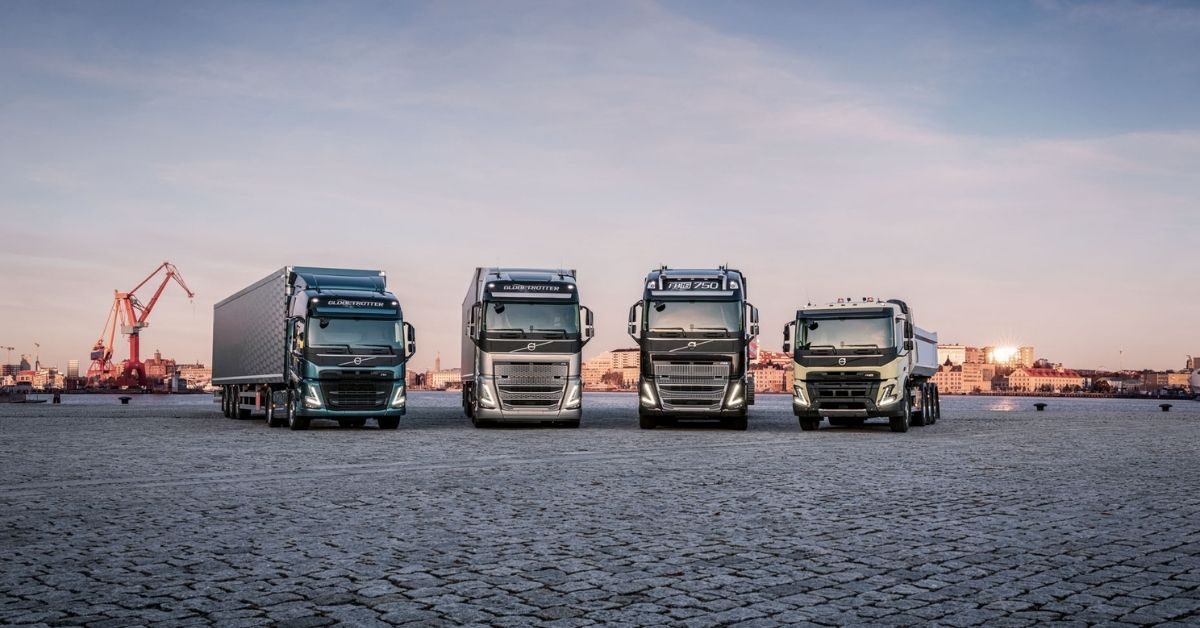“The National Capital Region Transport Corporation (NCRTC) will create an urban logistics model to deliver fresh milk, fruits and vegetables in Delhi and NCR from neighbouring areas leveraging its upcoming regional rapid transit system (RRTS),” reveals NCRTC MD, Vinay Kumar Singh. “this will reduce pollution and congestion in Delhi and create a robust logistics supply chain network for quick delivery of perishables,” he adds.
Urban logistics is a big issue in India. A significant percentage of perishables like milk, vegetables and fruits are wasted due to the non-availability of cold chains. NCRTC’s interest is that many perishables enter Delhi to cater to the vast population. In the next 5-7 years, Delhi will become one of the largest populated cities in the world. So more perishable commodities like milk, vegetables, etc., must be brought in from neighbouring cities. It will be a cost-effective arrangement If we can bring it through a railway system, which will be in place and we have to run some additional trains during lean hours. My idea is that we can run some goods trains from our depots to Delhi and in many cases across the region. This will help Delhi reduce hundreds of trucks entering the city, reducing congestion and pollution. Also, at both ends, we will have cold storage. So, we can keep the produce in cold storage and move it as and when required. We will bring on board a private partner who will decide on what to collect from where and where to sell. The partner will also decide on the last-mile connectivity, etc. It will be a long-term partner, which will be decided subsequently.
We will lay the infrastructure in four stages of around 20 km each. First, we will do this 17 km long priority section between Sahibabad and Duhai with five stations. Second, we will go from Duhai to Meerut South. The third stretch will be from Sahibabad to Sarai Kale Khan (Delhi). Fourth is again in Meerut since we are setting up the Meerut metro on our system.
NCRTC has been working for project sustainability from day one. We have adopted a strategy focusing on— Capex and Opex reduction as well as revenue enhancement. For instance, the earlier plan was to have three stations in Delhi for the three corridors. So, the first thing I did was to integrate them. Then I decided on underground terminals. I said no terminal is required in Delhi. It will be a pass-through station, which reduces the cost in each case by Rs 1,000 crore. I changed to elevated stations, saving about ₹4,500 crore just by this single decision. The good thing is that we got support from the government. Another is that having synergies between RRTS and Metro in Meerut will help better utilisation of resources and no competition for ridership and aid savings in capital costs of around ₹6,350 crore.









